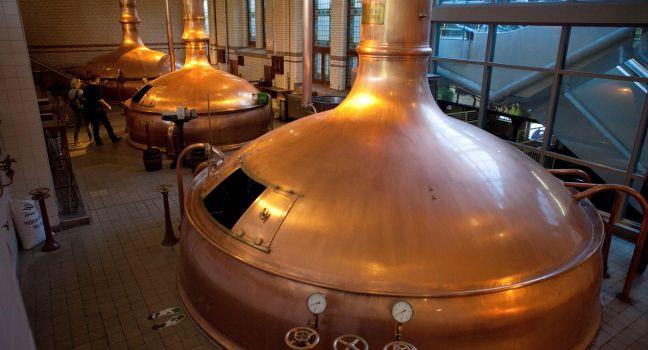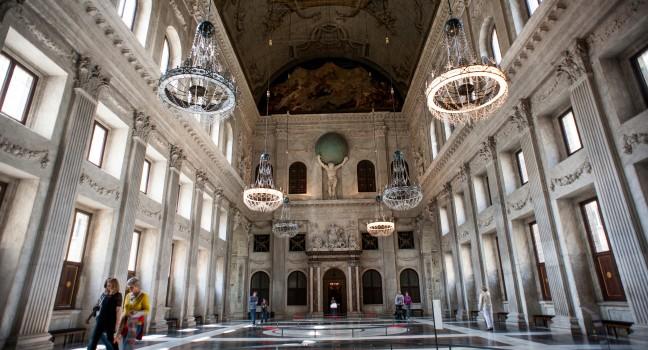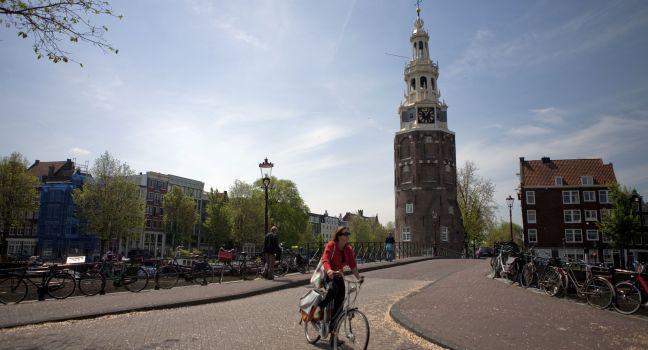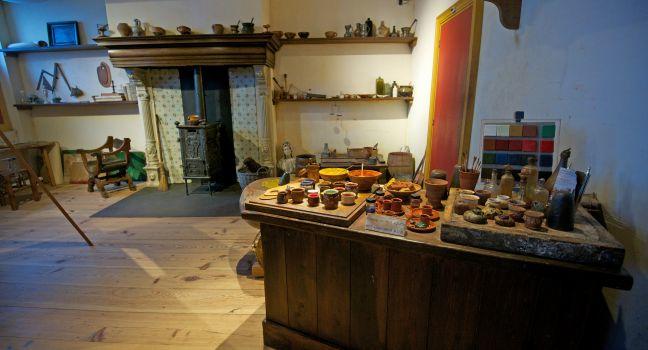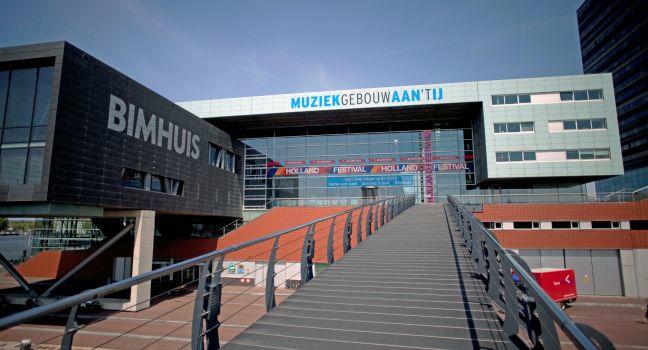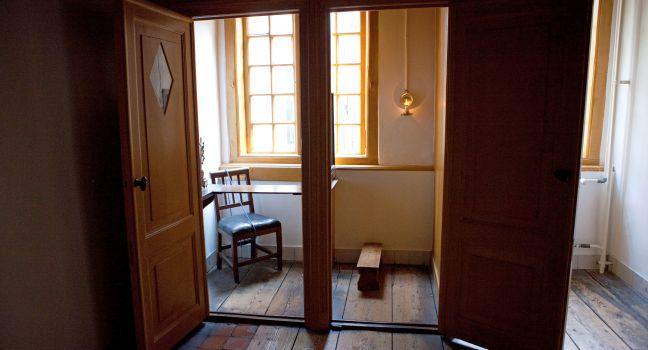On sunny days, Amsterdam's "green lung" is the most densely populated section of the city. Vondelpark is the place where sun is worshipped, joints are smoked, beer is quaffed, picnics are luxuriated over, bands are grooved to, dogs are walked, balls are kicked, and lanes are biked, jogged, and rollerbladed on. By evening, the park has invariably evolved into one large outdoor café. The great thing about this park is that, as long as you stay relaxed and go with the flow, you can dress however, hang however, and do whatever. (For years, a mysterious man danced around the park on 1970s silver roller skates, wearing silver body paint and a silver G-string—even in winter—with shaved legs and chest, headphones, and a silver cap with propeller, and nobody batted an eyelid; his spirit lives on today.)
The Vondelpark was laid out in 1865 as a 25-acre "walking and riding park" for residents of the affluent neighborhood rising up around it. It soon expanded to 120 acres and was renamed after Joost van den Vondel, the "Dutch Shakespeare." Landscaped in the informal English style, the park is an irregular patchwork of copses, ponds, children's playgrounds, and fields linked by winding pathways. The park's focal point is the open-air theater, where there is free summer entertainment Friday to Sunday.
Over the years a range of sculptural and architectural pieces have been installed in the park. Picasso even donated a sculpture, The Fish, on the park's centenary in 1965, which stands in the middle of a field to deter football players from using it as a goalpost. On the west side of the park, you can stop in at the Neoclassical-era Hollandsche Manege (the oldest riding school in the Netherlands; Vondelstraat 140), inspired by the famous Spanish Riding School in Vienna. Visit the on-site museum (€8) and enjoy a cup of tea in the foyer bar, which overlooks the riding arena where classes are regularly held.
